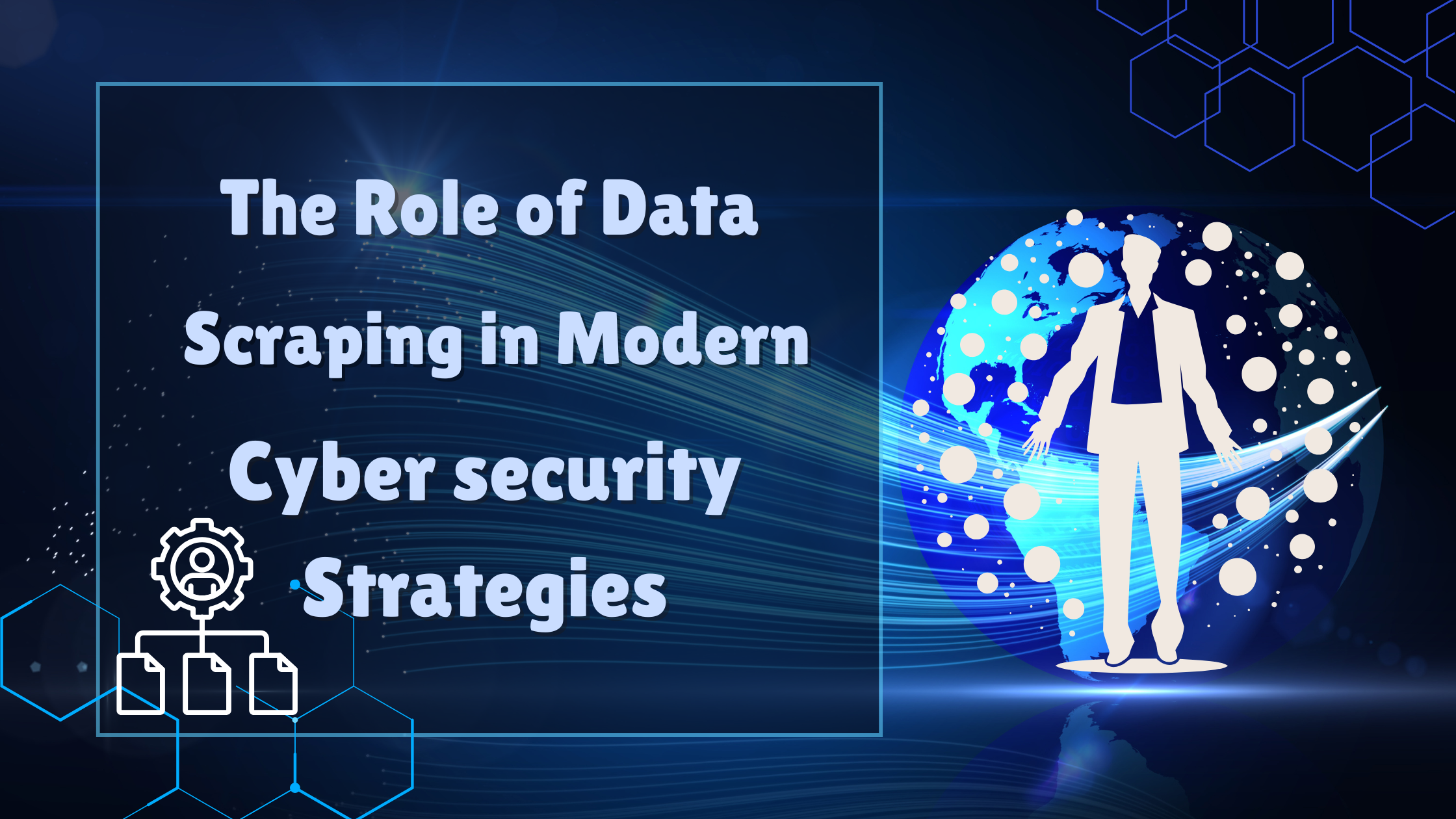The Role of Data Scraping in Modern Cybersecurity Strategies
In the ever-evolving landscape of cybersecurity, staying ahead of potential threats requires innovation and proactive measures. One tool gaining prominence in modern cybersecurity strategies is data scraping. While often associated with business intelligence and market research, data scraping is proving to be a valuable asset in safeguarding digital ecosystems.
What is Data Scraping?
Data scraping, also known as web scraping, involves extracting information from websites or online platforms using automated tools or scripts. This process allows organizations to gather vast amounts of publicly available data efficiently. The extracted data is then analyzed and used for various purposes, including cybersecurity.
How Data Scraping Enhances Cybersecurity
When integrated into cybersecurity strategies, data scraping provides organizations with insights and tools to identify and mitigate potential threats. Here are some key ways data scraping contributes to enhanced security:
- Threat Intelligence Gathering: Cybersecurity teams use data scraping to monitor dark web forums, social media, and other online spaces where malicious actors may discuss exploits, trade stolen credentials, or plan attacks. By scraping these platforms, organizations can identify threats early and take preemptive measures.
- Monitoring Credential Leaks: Data scraping tools can scan the internet for exposed credentials, such as usernames and passwords. When a data breach occurs, these tools help organizations identify compromised accounts and alert affected users, minimizing the risk of further exploitation.
- Vulnerability Detection: Regularly scraping websites and software repositories for newly reported vulnerabilities ensures organizations stay informed about potential risks. This enables faster patching and reduces exposure to known exploits.
- Brand Protection: Malicious actors often create fake websites or social media accounts to impersonate brands and deceive users. Data scraping helps detect these fraudulent entities by continuously monitoring for unauthorized use of brand assets, allowing organizations to take down fake sites promptly.
- Phishing Detection: Cybercriminals frequently use phishing websites to steal sensitive information. Data scraping can identify patterns, URLs, or domains associated with phishing campaigns, enabling cybersecurity teams to block these threats before they reach users.
- Analyzing Cybercrime Trends: By aggregating data from various sources, data scraping helps identify emerging trends in cybercrime. This intelligence is invaluable for adapting cybersecurity strategies to counteract evolving threats.
Challenges of Using Data Scraping in Cybersecurity
While data scraping offers numerous benefits, it also presents challenges:
- Legal and Ethical Concerns: Scraping data from websites may violate terms of service or intellectual property rights. Organizations must ensure compliance with applicable laws and ethical standards when implementing data scraping practices.
- Accuracy of Data: Scraped data may not always be accurate or up-to-date. Ensuring the reliability of collected data is critical for effective decision-making.
- Complexity of Implementation: Building and maintaining data scraping tools can be complex and resource-intensive. Organizations may require skilled personnel and robust infrastructure to support these efforts.
- Detection and Blocking: Many websites employ anti-scraping measures, such as CAPTCHAs or IP blocking, to prevent unauthorized access. Overcoming these obstacles without breaching ethical boundaries requires sophisticated techniques.
Best Practices for Leveraging Data Scraping
To maximize the benefits of data scraping in cybersecurity while addressing its challenges, organizations should follow these best practices:
- Adhere to Legal and Ethical Guidelines: Ensure all data scraping activities comply with local laws and regulations. Obtain proper permissions when necessary and avoid scraping sensitive or private information.
- Invest in Reliable Tools: Use reputable and well-designed scraping tools that can handle large volumes of data without compromising accuracy or efficiency.
- Integrate with Threat Intelligence Systems: Combine data scraping outputs with other threat intelligence tools to create a comprehensive cybersecurity strategy.
- Regularly Update Scraping Parameters: Keep scraping scripts and tools up-to-date to adapt to changes in website structures and anti-scraping technologies.
- Implement Robust Security Measures: Protect your own scraping infrastructure from potential attacks. Secure APIs, encrypt data transfers, and monitor for unusual activity to ensure the integrity of your systems.
The Future of Data Scraping in Cybersecurity
As cyber threats continue to grow in complexity, the role of data scraping in cybersecurity will likely expand. Advances in artificial intelligence (AI) and machine learning will further enhance the capabilities of data scraping tools, making them more effective at detecting threats and generating actionable insights. Additionally, the integration of data scraping with automation and real-time monitoring systems will enable organizations to respond to threats faster than ever before.
Conclusion
Data scraping is transforming the way organizations approach cybersecurity. By providing valuable insights, identifying vulnerabilities, and monitoring for potential threats, this technology plays a critical role in protecting digital assets and maintaining user trust. However, to harness its full potential, organizations must navigate legal, ethical, and technical challenges with care. As the cybersecurity landscape continues to evolve, data scraping will remain an essential tool in the fight against cybercrime.


